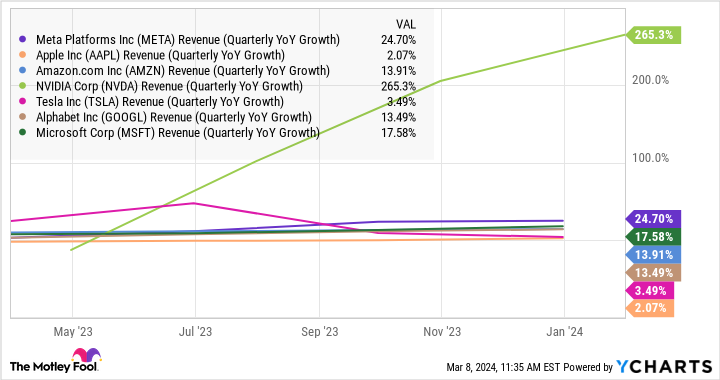
As of the start of the year, the implementation of new rules by the Department of Energy (DOE) means only 13 vehicles qualify for federal tax credits for electric vehicles made in North America. Prior to the new rules going into effect, there were 21 models that qualified for federal tax credits, though that list had shrunk and expanded throughout 2023.
The most recent changes are due to federal rules governing EV tax credits that limit those credits for vehicles with battery components coming from countries like China. This means vehicles like the Tesla Model 3 RWD (rear-wheel drive), Ford Mustang Mach-E, and Volkswagen ID. 4, among others, are no longer eligible for tax credits.
With that being said, here are the vehicles that are still eligible for federal tax credits, assuming income level requirements have been met.
Read more: Are electric cars more expensive to insure?
Plug-in hybrids and tax credits
A few plug-in hybrid EVs (PHEVs) maintain their tax credit status. This is controversial, as critics argue plug-in hybrids, which typically have limited EV-only range due to smaller batteries, are not true zero-emission vehicles because a gas-powered engine is part of the powertrain as well.
Nonetheless, the old stalwart of minivans, the Chrysler Pacifica in PHEV trim, qualifies for the full EV tax credit of $7,500 and is the only PHEV to qualify for the full amount.
The Ford Escape PHEV, Jeep Grand Cherokee PHEV 4xe, Wrangler PHEV 4xe, and Lincoln Corsair Grand Touring PHEV qualify for half the federal tax credit, or $3,500. Note that the two Jeep PHEVs are the best-selling plug-in hybrids in America.
Full EVs and the impact of the federal tax credit
Ostensibly, the Inflation Reduction Act’s (IRA) federal EV credit was meant to not only boost sales of EVs broadly but also of those built in North America using battery components and materials from domestic or friendly sources. Since full EVs use anywhere from four to five times the amount of battery cells and materials that plug-in hybrids use, the federal tax credit for EVs is of utmost importance to attain both ends.
Automakers like Ford, GM, Nissan, and even Tesla, as mentioned above, have lost EV tax credits for their electric vehicles.
Ford lost its $3,500 tax credit for its Mustang Mach-E SUV and E-transit vans, though still retains full tax credits for its F-150 Lighting EV pickup. GM lost tax credits for its Chevy Blazer EV, Cadillac LYRIQ, upcoming Equinox EV, and Silverado EV, but retained them for the Bolt EV and Bolt EUV. GM said Wednesday, however, that it would be offering $7,500 incentives for those cars to boost sales while the EVs are ineligible for the tax credit.
Rivian, which earlier this week topped its 2023 production forecast with 57,000 vehicles produced, retains the half credit of $3,500 for its R1T pickup and R1S SUV. Rivian’s vehicles start at $73,000 and $78,000, respectively, just under the $80,000 MSRP limit.
This brings us to Tesla, which lost eligibility for its Model 3 RWD base sedan and Model 3 long-range (AWD). According to the DOE’s fuel economy website, Tesla’s Model 3 Performance edition still qualifies for the full EV tax credit. Tesla’s higher-end Model X Long Range SUV, as well as three variants of the Model Y SUV (RWD, AWD, and Performance), also qualify for the full tax credit. Tesla’s Model S sedan did not qualify before or after the change due to the fact that it cost above $55K.
The Cybertruck is an interesting omission because it uses batteries built at Giga Austin, which likely makes it eligible for the tax credit. The Cybertruck also has trim levels that fall under the MSRP limits. Tesla did say on its website that the Cybertruck is “likely to qualify for the federal tax credit later in 2024.”
So the initial list of 13 eligible vehicles may expand to 14 or more as other automakers like GM and Ford work to source more battery components from the US and its trade partners.
Pras Subramanian is a reporter for Yahoo Finance. You can follow him on Twitter and on Instagram.
Click here for the latest stock market news and in-depth analysis, including events that move stocks
Read the latest financial and business news from Yahoo Finance
EMEA Tribune is not involved in this news article, it is taken from our partners and or from the News Agencies. Copyright and Credit go to the News Agencies, email [email protected] Follow our WhatsApp verified Channel









